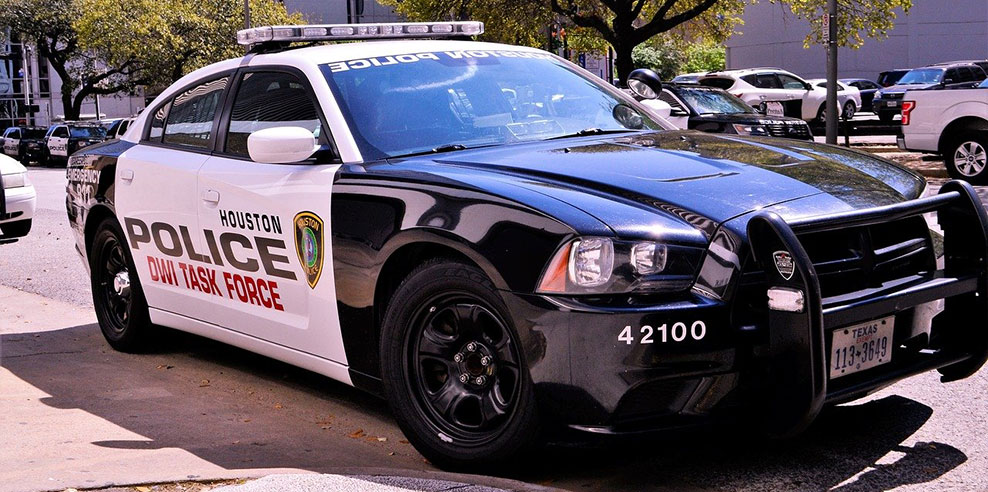Zugehöriges Material
Aktuell werden die Inhalte aus diesem Internetauftritt sukzessiv in das Bildungsportal Niedersachsen übertragen. Schon jetzt führen einige Verlinkungen direkt ins Bildungsportal Niedersachsen.

The linking of scenes in "Crash"
Im Folgenden finden Sie eine Übungseinheit zum Thema "The link of scenes in "Crash"", die sich direkt an Schülerinnen und Schüler richtet.
Geeignet für die Oberstufenjahrgänge 12/13 an Gymnasien.
Das zugehörige Arbeitsblatt sowie die Lösung stehen in der rechten Spalte zum Download bereit.
1. Awareness
Before you start, please be aware that both in novels and in films it is important for the author / director to achieve unity, i.e. different elements need to be connected to achieve an intended effect. Without unity we would just have disconnected bits and pieces. In novels narrative elements like plot, characters, perspective, setting, themes, motifs etc. serve this purpose. In films these elements can be found as well, but specific cinematic techniques like colour, lighting, sound, music, camera work, slow motion or dialogue are employed to the same end.
Of course, in "Crash" all these narrative and filming techniques can be found as well. But its director Paul Haggis also uses another technique which is quite special and has to do with the editing of the film. This is the topic of the following analysis.
Hinweise für begleitende Erwachsene:
This lesson is based on the assumptions that the pupil is familiar with the plot of "Crash" and can look at selected passages of the film.
2. Analysis
Please use the worksheet and examine how selected scenes are linked. There is one example.
3. Interpretation
Linking scenes in this way is a technique rarely used in films. - Explain why this technique is used in "Crash" and its effect on the viewers.
4. Closure
Give a two-to-three-minute-talk on what you have learnt.
Bereitgestellt von: Niedersächsische Landesschulbehörde, Fachberatung Englisch, 04.2020
Kontakt




